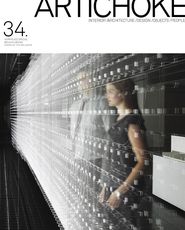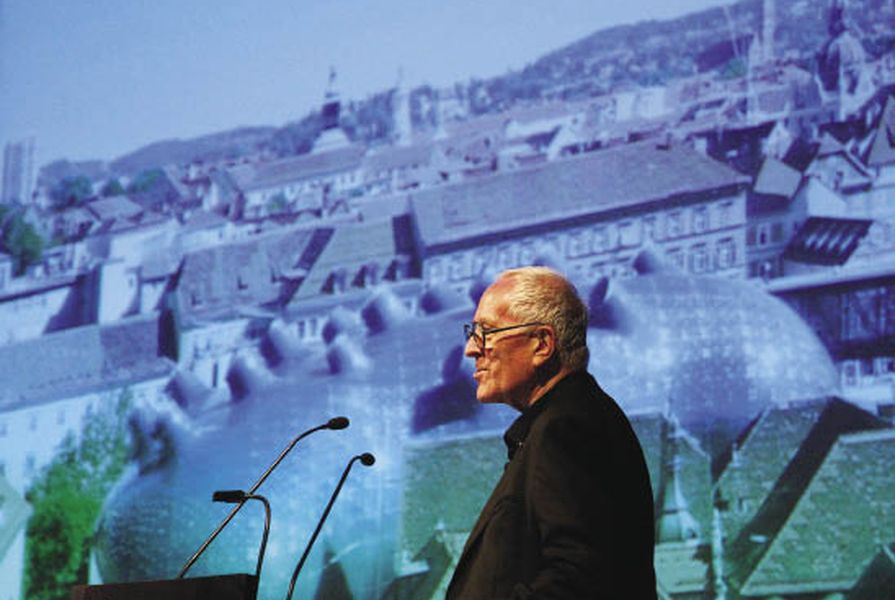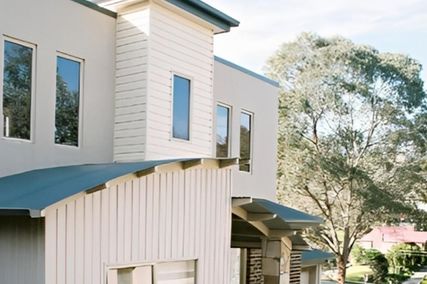Unlimited is an entirely inclusive word. Implications of geographical and metaphysical boundlessness, of long-range vision and visionary thoughts come into play, ousting notions of exclusivity tied to the “limited edition” artwork or the myopia that sometimes accompanies dilettantism and specialization.
Aptly, Unlimited was the title for the first Asia Pacific Design Triennial held in Brisbane in October 2010. To be more specific, the title of the week-long inaugural talkfest/symposium/conference/festival was Unlimited: Designing for the Asia Pacific, perhaps using as a springboard the highly successful Asia Pacific Triennial of Art which the Queensland Art Gallery pioneered over a decade ago. Either way, it’s appropriate, and commendable, for Arts Queensland to support an initiative that encompasses the broader region where some of the issues addressed are at their most poignant and urgent. In this case, the construct “Asia Pacific” included countries as far away as Bangladesh, Mongolia and Nepal.
SBS news presenter Lee Lin Chin moderated the global artisan Q&A panel.
Image: Tobias Titz
In their program and choice of speakers, curator Fleur Watson and creative director Ewan McEoin emphatically released “design” from its latter-twentieth-century concern with the object and aesthetics. Indeed, there was a quasi-scientific slant to the week-long event, alongside an element of aid-worker activism, with its strong focus on that big S: sustainability. And, despite some terrifying statistics being bandied around, the overall thrust was optimistic.
Other than the central focus on sustainability, the themes explored were blurred at the edges. The field of participants and contributors was correspondingly general, teetering on unwieldy in its scope. Design seemed to take a back seat to speakers such as the yak cheese maker on the Global Artisan Q&A panel, but maybe that’s part of the point in the new branding of design for real life. Gallery shows and pop-up exhibitions, events and workshops all helped create a festival atmosphere, dispersed as they were across the city and espousing varying degrees of relevance to the main event. The flip side of a somewhat blurred focus is broad participation, and numbers were buoyant.
High on the bill was Sir Peter Cook. The architect, educator, entertainer and raconteur is also an intricate and imaginative illustrator. In another synergistic feat, Cook was in the country to deliver the annual Nielson Design Lecture, a privately sponsored event hosted by the State Library of Queensland. Cook’s talk covered career highlights such as the Kunsthaus in Graz. Interesting that within seven years of creating this anthropomorphic and rigorous shell of a building, Cook is now bewitched by ideas of “vegetable architecture,” “non-solid architecture,” marshland percolations of space, and considerations of the city as a series of experiences, layers and “incidents.” It was inspirational to see his visions of fantastical future dreamscapes rather than apocalyptic versions of mechanized horror.
CJ Lim took up the baton in a more literal sense with his master class about sustainable cities. More pragmatic (and inspiring) was Bunker Roy’s presentation about his charitable work with the Barefoot College, in which he builds villagers’ skills to promote self-sufficiency.
In a self-effacing and affable way, Paul Bennett expounded his highly catholic agenda through his wide-ranging work as CEO of IDEO. That, alongside his two-day Food Futures Workshop, surely fired up a few souls. Empowerment and pragmatism are hopefully offshoots of this ambitious and panoramically conceived event.
Source

Discussion
Published online: 28 Jul 2011
Words:
Margie Fraser
Images:
Tobias Titz
Issue
Artichoke, March 2011


















